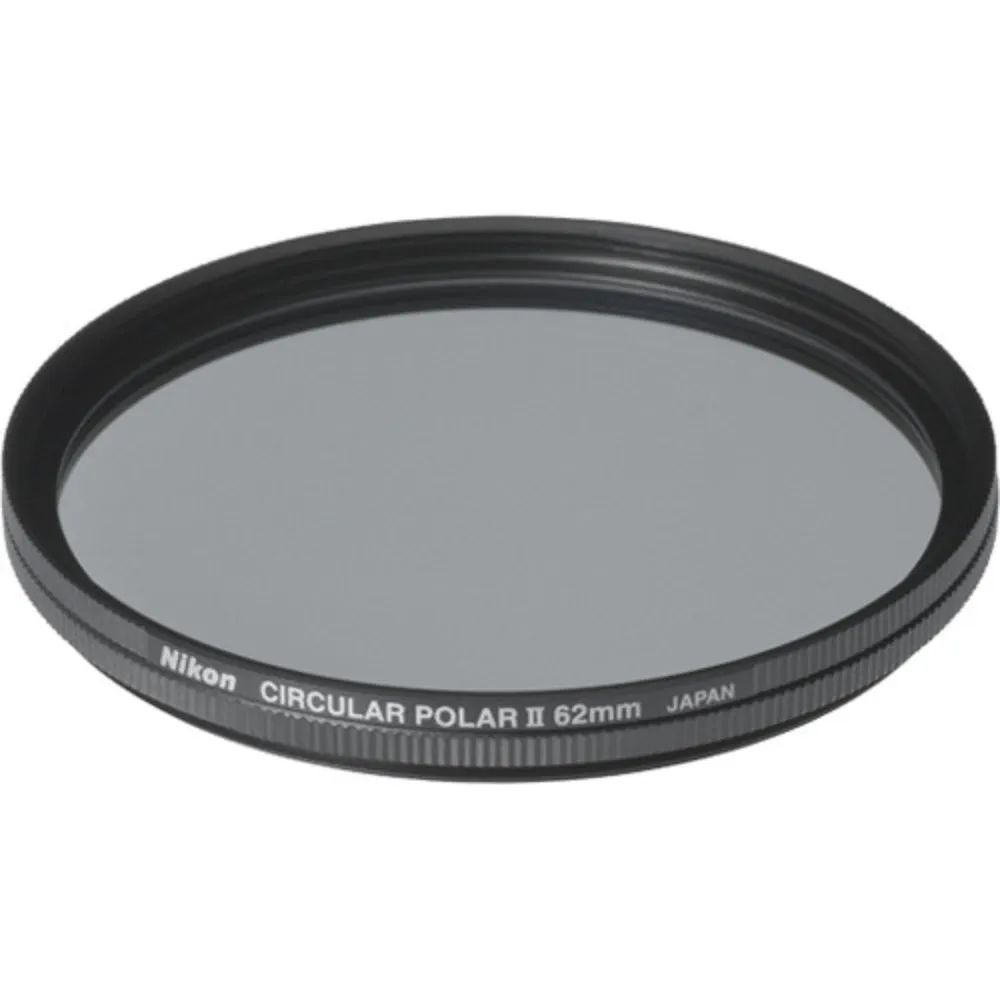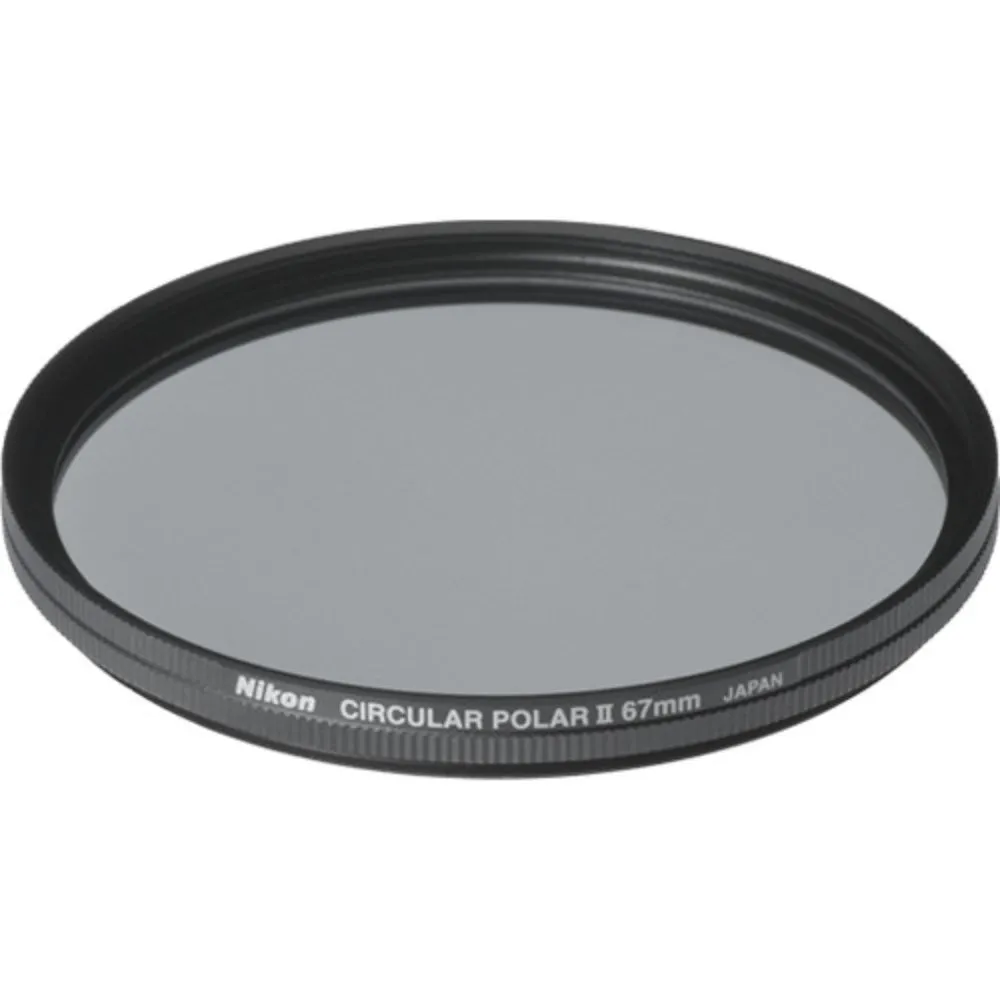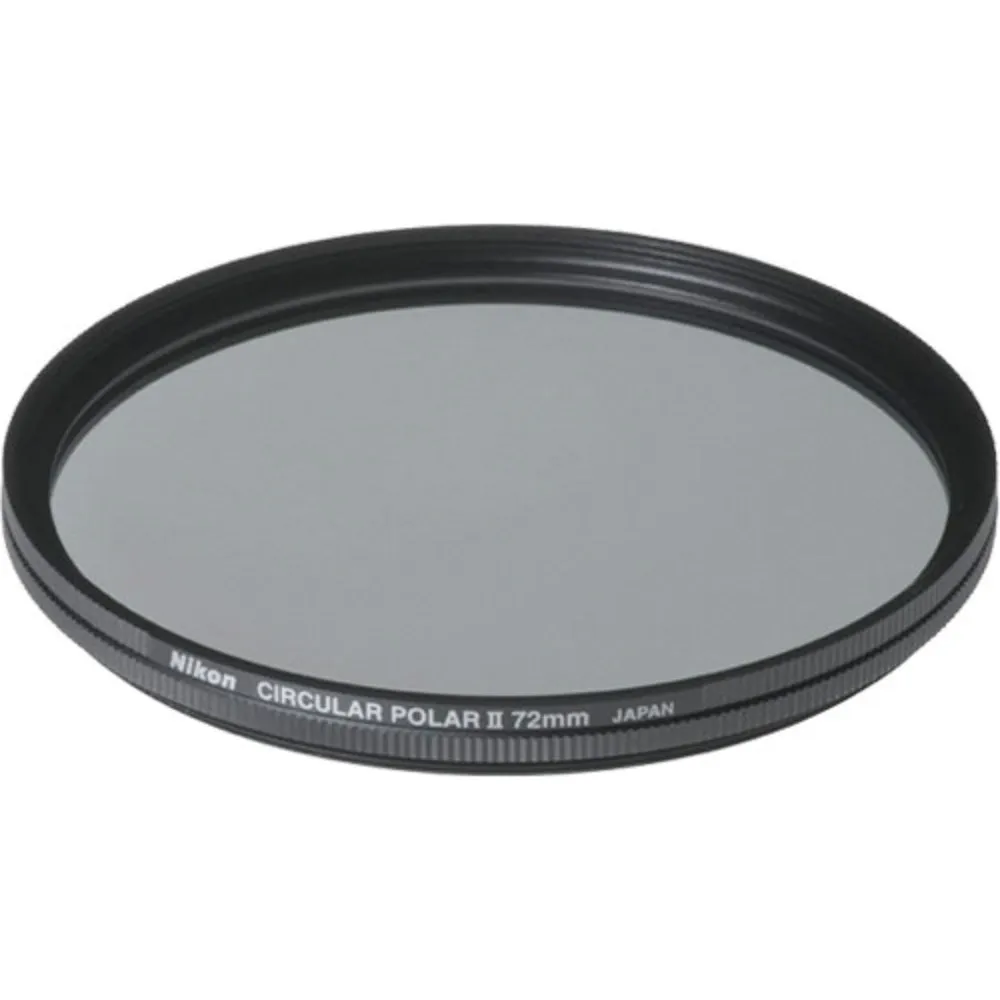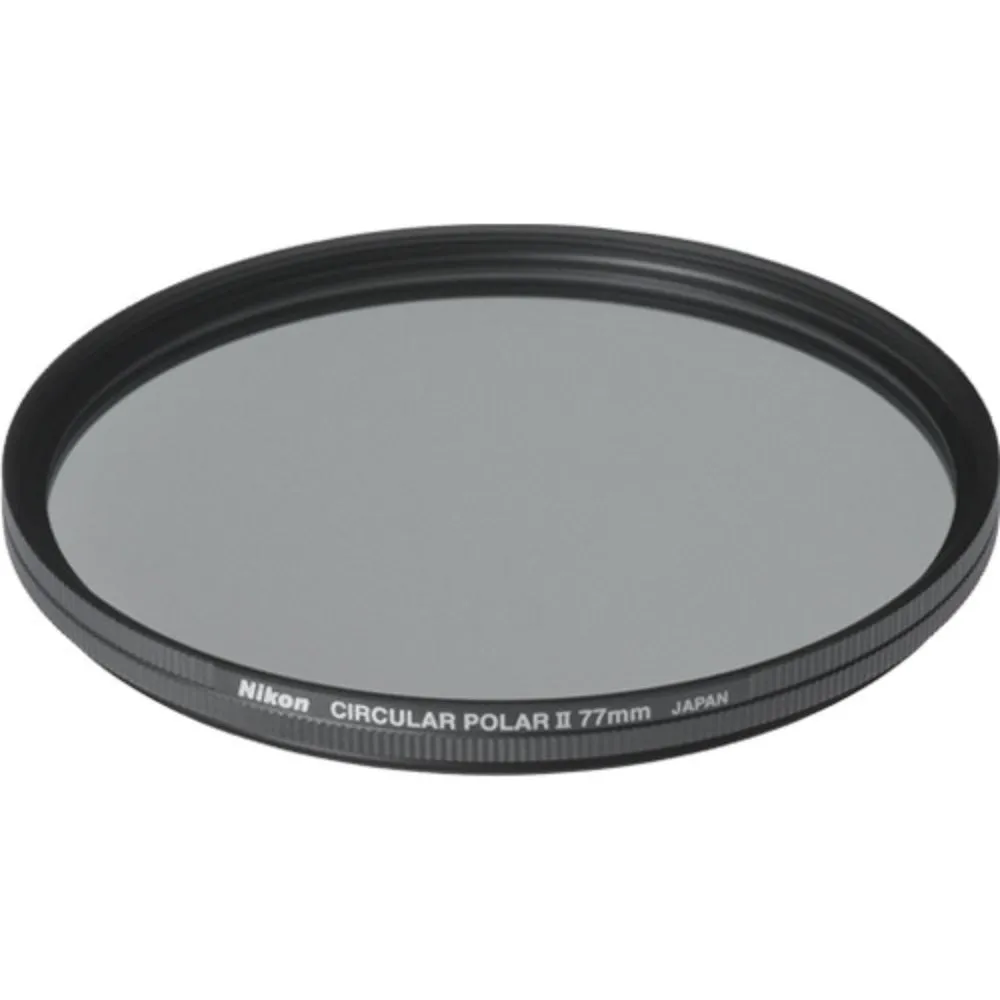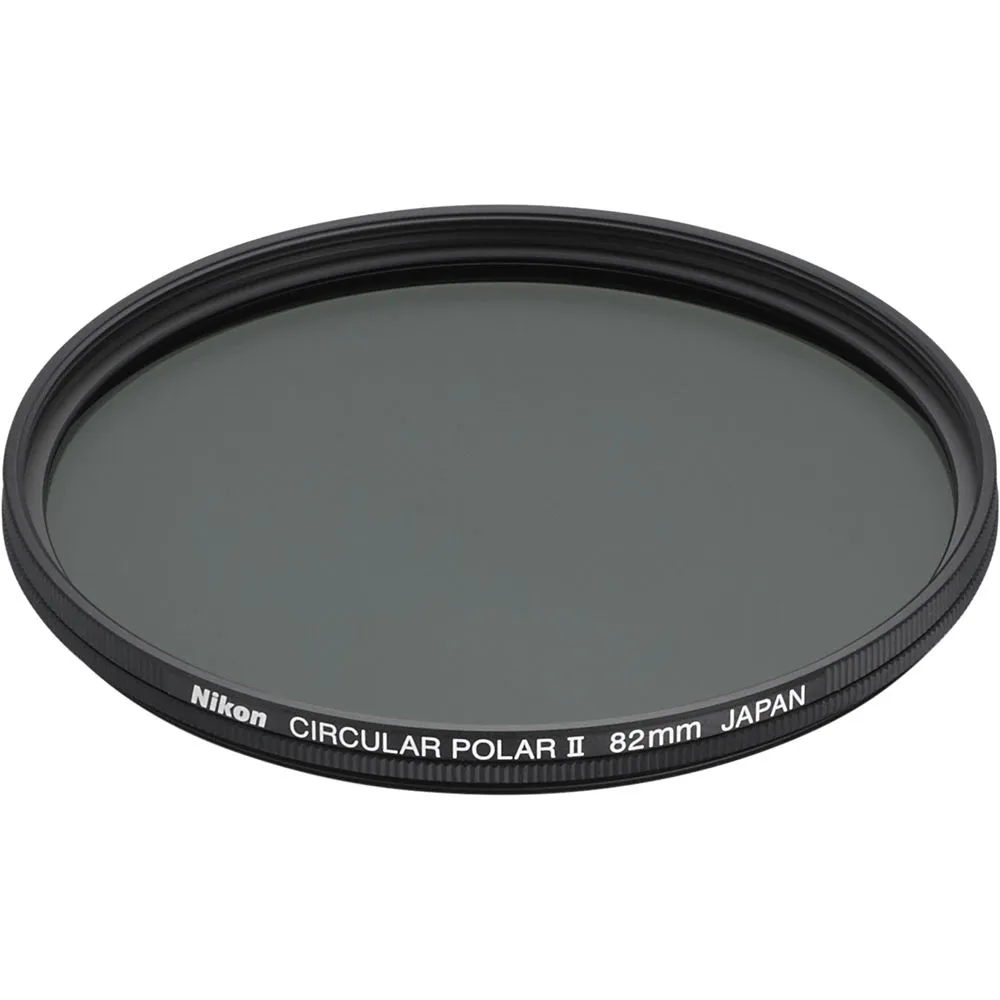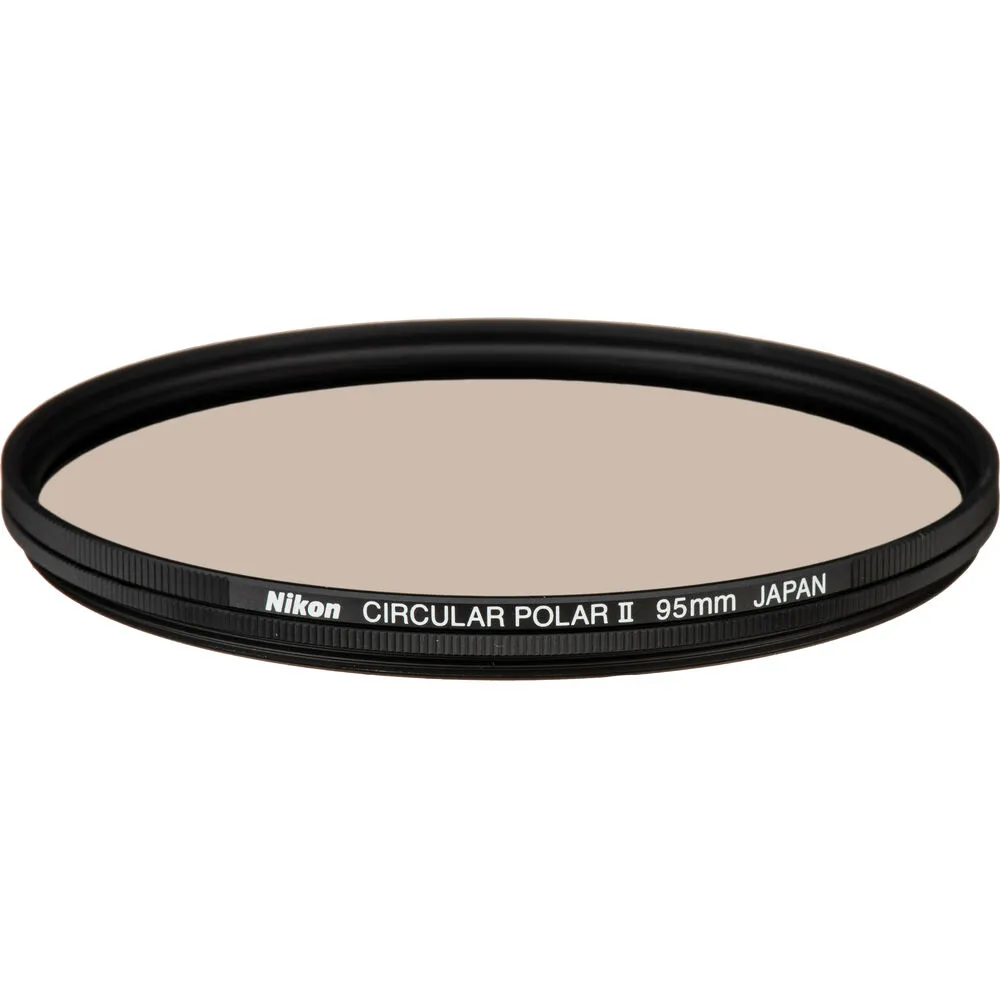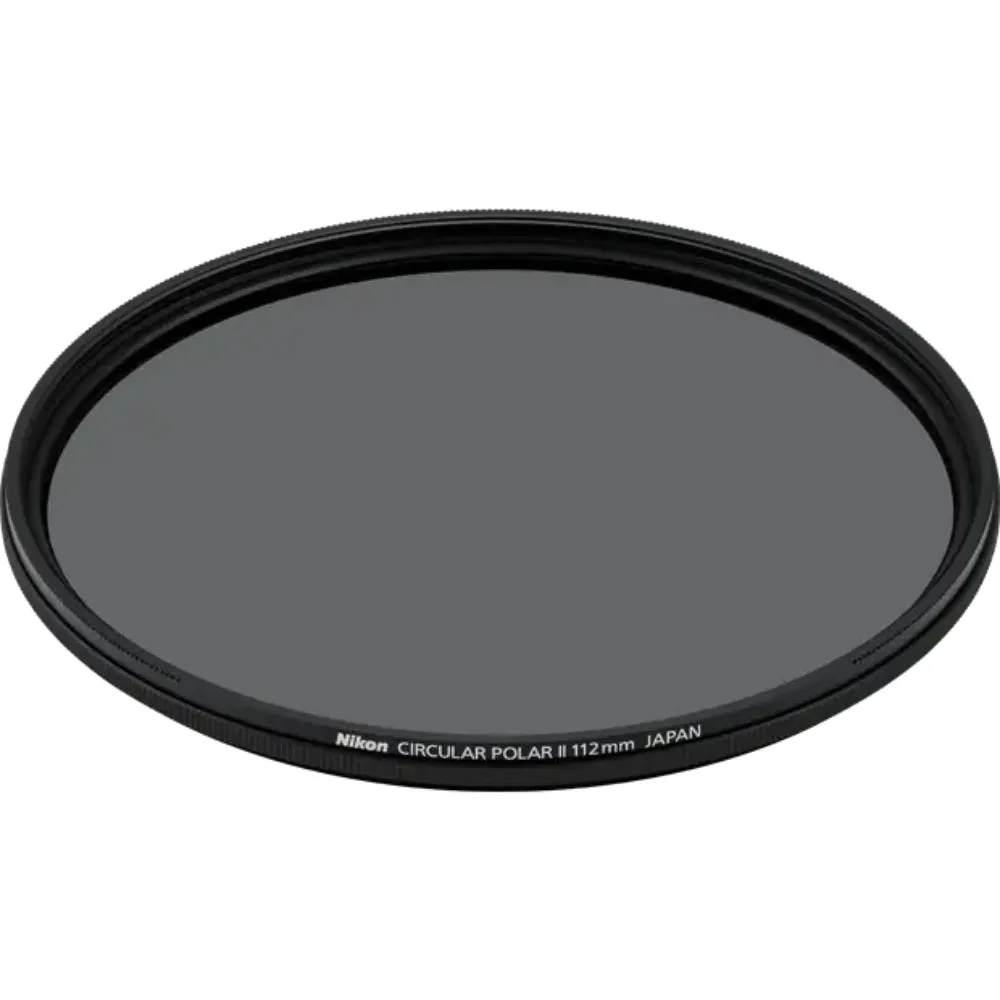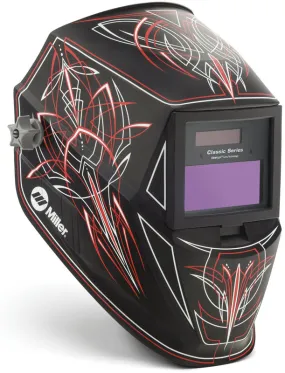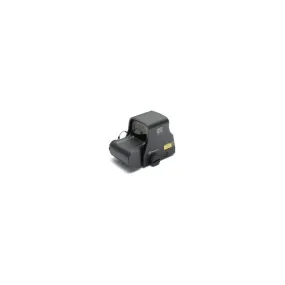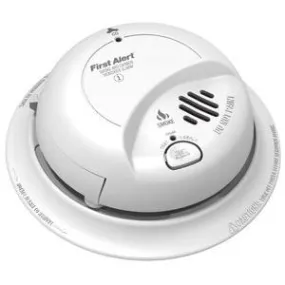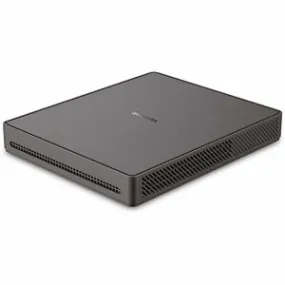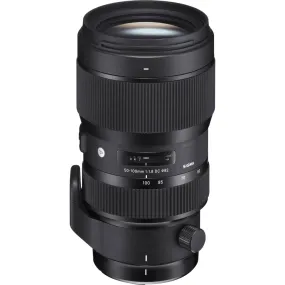Nikon Circular Polarizer II Filter
This Circular Polarizer II Filter from Nikon are 62mm, 67mm, 72mm and 77mm multicoated filters that minimizes flare and glare, providing increased saturation and clearer images that are crisp and have more contrast.
The polarization effect is visible in the viewfinder or on the LCD screen as the front ring is rotated. When shooting on a bright day, the saturation of a blue sky may be controlled, which enhances the definition of cloud formations. In addition, when shooting into water, the reflections often associated with landscape or scenic photography may be minimized or eliminated. A circular polarizer is an essential tool for landscape photography. When shooting through a glass window, museum showcase, or car window, reflections and glare will be reduced allowing the subject behind the glass to be captured. This slim filter ring design allows this filter to be used on wide-angle lenses with a reduced potential for vignetting the image corners.
The Nikon 82mm and 95mm Circular Polarizer Filters II helps to reduce reflections and glare by filtering out light that has become polarized due to reflection from a non-metallic surface. The light from the sun naturally becomes partially polarized due to reflecting off electrons in air molecules, causing the light to scatter into what appears as haze. A polarizing filter arranges, and filters, this directionally polarized light perpendicularly to the reflected light, allowing for the absorption of much of this light. This results in a noticeable reduction of glare and reflections from non-metallic surfaces and an increase in the saturation of skies and foliage.
A circular polarizer only differs from a linear polarizer in that it contains a quarter wave plane in addition to the linear polarizing filter. The addition of this quarter wave plane is to circularly polarize the linearly polarized light for the use of auto focus and exposure functions. Due to how the light is broken down and filtered with a linear polarizer, auto focus and exposure accuracy become skewed during use. When the light becomes circularly polarized, it permits the use of these functions.
Key Features
Helps to reduce reflections and glare by filtering out light that has become polarized due to reflection from a non-metallic surface.
Polarizing filters arrange, and filter, directionally polarized light perpendicularly to the reflected light, allowing for the absorption of much of the light.
Clears up haze in distant landscapes and provides more saturated, vivid colors.
Strongest effect when used at a 90° angle from the sun.
Circular polarizers are ideal for use with digital cameras and autofocus lenses where a linear polarizer will often disrupt auto exposure and focus features.




